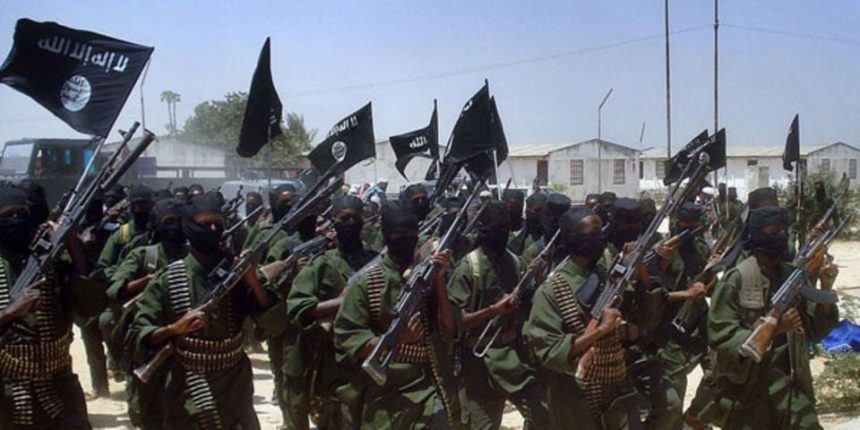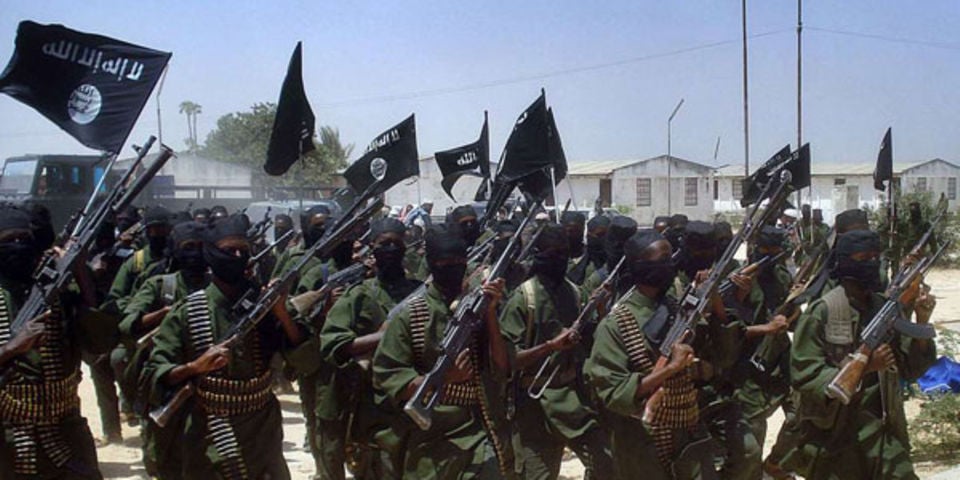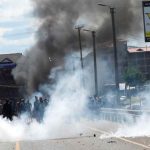The United States military has confirmed conducting a new airstrike against Al-Shabab militants in the Middle Juba region of southern Somalia.
The airstrike took place in Jilib town on Saturday in collaboration with the Somali federal government, according to a press statement released Monday by the US Africa Command known as AFRICOM.
“The command’s initial assessment is that no civilians were injured or killed,” the statement said.
The AFRICOM statement did not say whether any of the senior al-Shabab commanders were targeted. Jilib, 385 kilometers southwest of Mogadishu, is an al-Shabab stronghold.
The strike came as Mahad Salad, director of Somalia’s National Intelligence and Security Agency, was in Washington and New York, meeting with U.S. officials from the Pentagon, CIA and FBI, according to a source familiar with the visit who did not want to be identified as they are not authorised to speak to the media.
The talks focused on security and counterterrorism cooperation between the two countries, the source added.
Roadside bombing
Meanwhile, four Somali government soldiers were killed Monday in a roadside explosion in Mogadishu’s Daynile district, the Ministry of Defense said.
Brigadier General Abdullahi Ali Anod, the ministry’s spokesperson, said that the attack occurred at about 9 a.m., and that three soldiers and an officer with the construction unit had been killed.
Despite the explosion, he said, capital security has been improving since new military police were deployed more than a month ago.
The new forces were among Somali security personnel trained in Uganda in recent months, government officials said.
The Al-Shabab militant group claimed responsibility for the attack in Daynile.
Anod said that since the government launched an offensive against the militants in August, the number of improvised explosive attacks by al-Shabab has decreased.
“We are not saying the explosions stopped, but we are saying they weakened,” Anod said. He added that the government had been expecting a rise in attacks during the month of Ramadan, but that did not happen.
“The enemy is wounded, but they can still fire bullets,” he said.
Somali and African Union officials have said improvised explosive devices (IEDs) are al-Shabab’s weapons of choice.
A joint report by the United Nations Assistance Mission in Somalia and the Office of the United Nations High Commissioner for Human Rights said 109 IED attacks from January 2020 to December 2021 killed 309 civilians and injured 556 others.
Weapons used in these attacks include vehicle-borne improvised explosive devices; vehicle-borne improvised explosive devices and person-borne improvised explosive devices, both used in suicide attacks; and victim-operated improvised explosive devices, the report said.
Al-Shabab leader appearance
Meanwhile, al-Shabab leader Ahmed Diriye, also known as Ahmed Umar and Abu Ubaidah, purportedly appeared in a video published by al-Shabab’s media department.
The video captures a meeting attended by several top al-Shabab leaders as well as pro-al-Shabab traditional elders and religious scholars. The group’s media reported that the meeting, titled “Jihad in East Africa,” took place from May 8 to 15. The group has not disclosed where the meeting took place.
In the video, Diriye, whose face is blurred, comments on the military offensive by the Somali government and local Ma’awisley fighters that drove al-Shabab from vast territories in Hirshabelle and Galmudug states. Diriye claimed the offensive, which started last August and continued until earlier this year, has “failed.” The Somali government said it’s preparing to launch a second phase of the offensive.
Previous al-Shabab videos have not shown the militant leader’s face. Diriye, for whom the U.S. has placed a reward up to $10 million for information on his whereabouts, was appointed to the post after his predecessor, Ahmed Abdi Godane, was killed in a U.S. operation on September 1, 2014.




